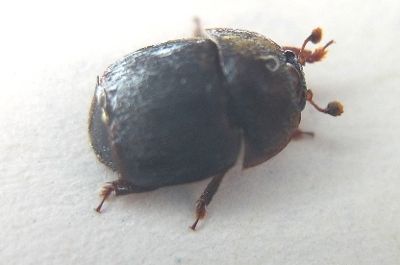An emerging pest in honeybee colonies has made its way into New Brunswick for the first time.
The province’s agriculture department last month quarantined 12 beekeepers’ colonies that were in “close proximity” to colonies imported from an Ontario beekeeper to pollinate wild blueberries in the Acadian Peninsula.
However, the department said Friday, two beetles have also been confirmed in the past week in colonies from two different beekeepers in Riviere-du-Portage and Aulac.
Thus, the department said, its quarantine may be extended to other beekeepers within a three-kilometre radius.
Read Also

Trump tariff on Brazilian goods could jack up U.S. burger price
U.S. President Donald Trump’s plan for a 50 per cent tariff on goods from Brazil will likely raise prices for the beef that is used in American hamburgers, traders and analysts said on Thursday, as food manufacturers increasingly rely on imports during a time of declining domestic production.
Agriculture Minister Rick Doucet said department staff are working with the New Brunswick Beekeepers Association through a monitoring program.
The province, he said, is “taking measures aimed at preventing the beetle from becoming established in our province.”
All suspected small hive beetle specimens should be immediately reported to the provincial apiarist, the department said.
Small hive beetle is generally considered a pest of weak bee colonies. Large beetle populations can affect honeybee health, spoil honey and damage beekeeping equipment.
There is only one registered treatment in Canada for affected colonies. CheckMite+, a coumaphos miticide pest strip made by Bayer, is approved for use against small hive beetle and varroa mites.
The beetle first appeared in the U.S. in 1998 in Florida and made its first appearance in Canada in 2002 in Manitoba.
According to the agriculture ministry in Ontario, where the beetle was first found in 2010, it still “remains unknown” whether it will establish a resident population in that province. — AGCanada.com Network




















